![]()
Here we have provided you with the Coat of Arms on each of our family names that we could find and also a brief description on the history of the name. Click on the name shown below to go directly to its Coat-of-Arms.
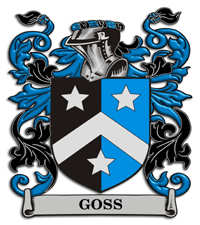 |
GOSS/GOSSE: (English, Norman, French and Low German) The Old French given name of Gosse, represents the Germanic personal name of Gozzo, a short form of various names compounded names with the first element of god, good, got. Diminutives are: England, Gossett; France, Gosset(t), Gossin; Flemish & Dutch, Goosen, Goosens, Goossen, Goossens. Click here for a more detailed history behind the Goss name. |
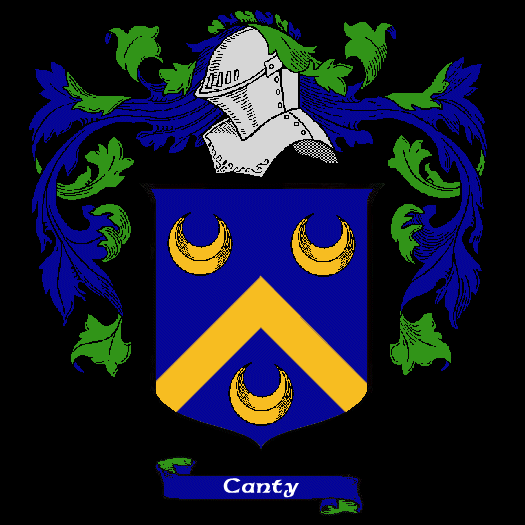 |
The name Canty in Ireland is derived from the native Gaelic Sept O an Chaintighe which is taken from the word 'cainteach' meaning 'satirical'. The Sept was located in West Cork where the majority of descendants can still be found. Canty is a variant name. Click here for a more detailed history behind the Canty name. |
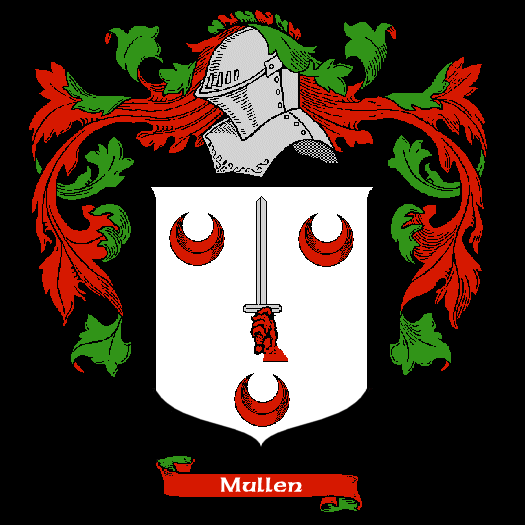 |
The name Mullen in Ireland is often a variant of Mullins but is also derived from the native Gaelic O'Meallain Sept of County Tyrone who more usually anglicized their name as Mallon. Mullen can also derive from the Mac Maolain Sept of Ulster Province where it is often a form of the Scottish name MacMillan. Click here for a more detailed history behind the Mullen name. |
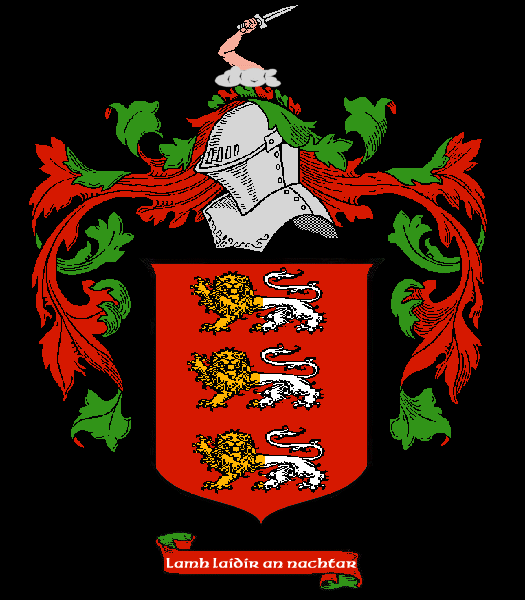 |
The name O'Brien in Ireland is among the ten most frequently found in the country. The name derives from the tenth century King of Ireland, Brian Boru and there were a number of Septs, the largest of which were based in Counties Clare, Limerick, Tipperary and Waterford. It is in these Counties that the majority of descendants can still be found. Click here for a more detailed history behind the O'Brien name. |
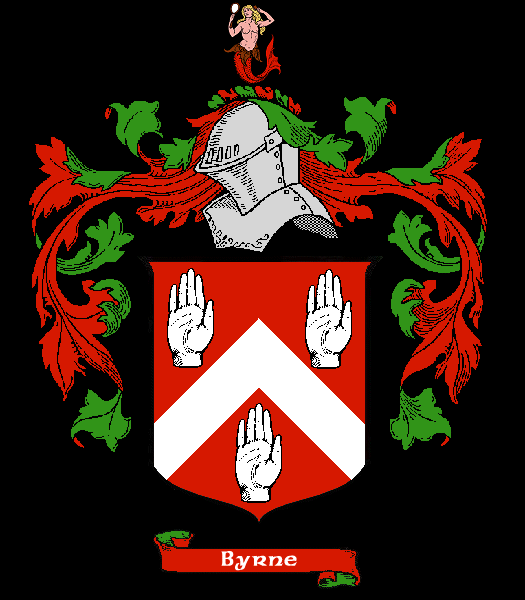 |
The Byrne or O'Byrne clan were originally located in Kildare but had to move further afield after the Norman invasions and are now most common in Wicklow as well as Dublin. Click here for a more detailed history behind the O'Byrne name. |
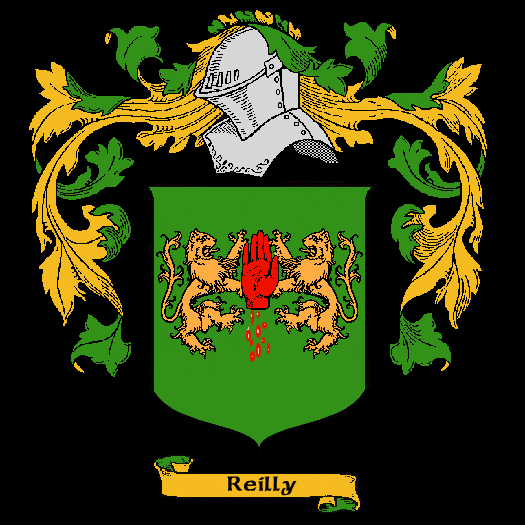 |
The names Reilly and O'Reilly in Ireland are derived from the native Gaelic O'Raghaillaigh Sept that was based in Counties Cavan and Westmeath. These names are among the ten most frequently found in Ireland and although they are very widespread they can be mostly found in the region of the ancestral homeland. Click here for a more detailed history behind the Reilly name. |
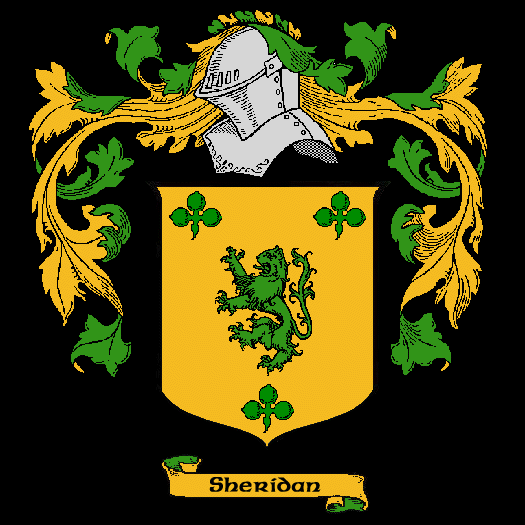 |
The name Sheridan in Ireland is derived from the Gaelic O'Sirideain Sept who were located in Counties Longford and Cavan. It is in these Counties and in the Province of Leinster that the majority of descendants can still be found. Click here for a more detailed history behind the Sheridan name. |
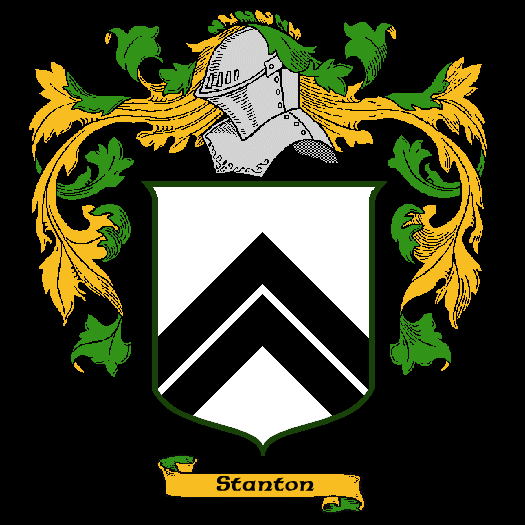 |
The names Staunton and Stanton in Ireland are of Anglo origin having been brought to the country by settlers as early as the thirteenth century. The Gaelic form of the name is de Stonndun. County Mayo was the ancestral home to the Sept who also established themselves as the Mac an Mhilidh Sept, a name that was more usually anglicized as MacEvilly. Click here to start reading about our Stanton clan. |
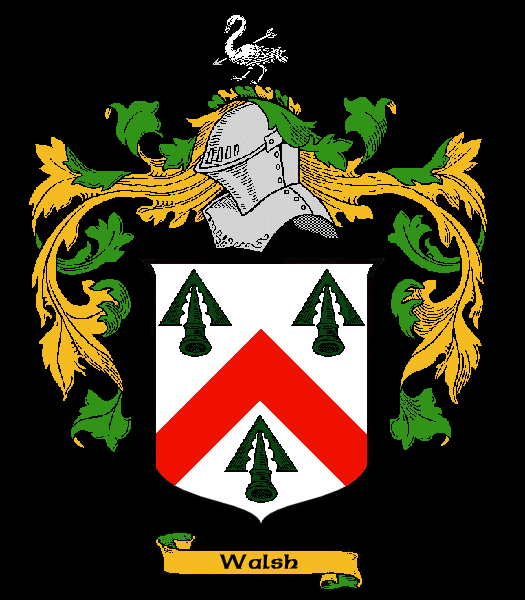 |
Stanton Coat of Arms The names Staunton and Stanton in Ireland are of Anglo origin having been brought to the country by settlers as early as the thirteenth century. The Gaelic form of the name is de Stonndun. County Mayo was the ancestral home to the Sept who also established themselves as the Mac an Mhilidh Sept, a name that was more usually anglicized as MacEvilly. Click here for a more detailed history behind the Walsh name. |